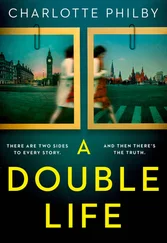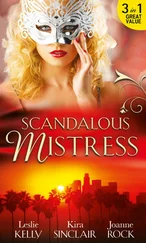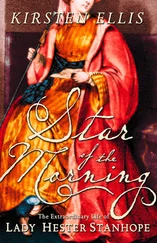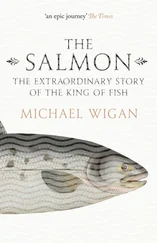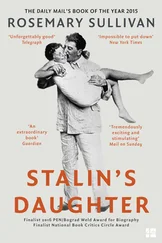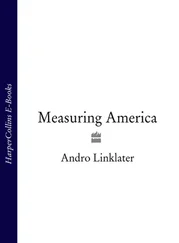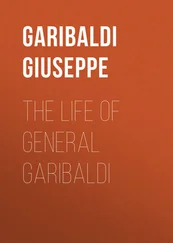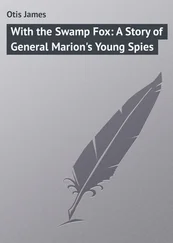Yet if his “Memorial” was designed to secure valuable trading rights, it could achieve that end only by being a serious proposition. Both Miró and Navarro were realistic enough to understand that Wilkinson was less committed than he pretended, but they were also shrewd enough to guess that he could be persuaded to perform more than he intended. To secure his loyalty, they were prepared to offer not just financial inducements, but their esteem and respect. To someone as economically careless and emotionally hungry as Wilkinson, that exchange would come to seem like an irresistible bargain.
The next day, August 22, he signed a formal document “transferring my allegiance from the United States to his Catholic Majesty.” For McIlvain and many other Americans who later made similar declarations when they sought Spanish trading privileges, this amounted to no more than a formula. But Wilkinson went on to defend what he had done in words clearly intended to carry weight with the two men he wanted to impress.
Echoing Washington’s own dictum, he asserted, “[Self]-interest regulates the passions of Nations, as also those of individuals, and he who attributes a different motive to human affairs deceives himself or seeks to deceive others: although I sustain this great truth, I will not, however, deny that every man owes something to the land of his birth.” To explain how his interests had come to diverge from those of his country, he reverted to a familiar theme— blaming his behavior on the failings of someone, or in this case some country, he had trusted.
“Born and educated in America, I embraced its cause in the last revolution, and remained throughout faithful to its interest, until its triumph over its enemies,” he declared. “This occurrence has now . . . left me at liberty, having fought for her happiness, to seek my own. [But] circumstances and the policies of the United States having made it impossible for me to obtain this desired end under its Government, I am resolved to seek it in Spain.”
Defiantly, he declared that no one could accuse him of having “broken any of the laws of nature or of nations, nor of honor and conscience” in changing his allegiance, but the conclusion of his “Memorial” made his unease explicit: “Gentlemen, I have committed secrets of an important nature, such as would, were they divulged, destroy my Fame and Fortune forever.” Should their plans not work out, he relied on Miró and Navarro “to bury these communications in eternal oblivion.”
SEEN ACROSS MORE THAN TWO CENTURIES, the Spanish Conspiracy might appear doomed to failure, but Americans living in the years immediately after the Revolution saw it in a different context. To them the ramshackle constitution created by the Articles of Confederation seemed more likely to destroy the Union than hold it together. A bankrupt Congress, dependent on revenue from the states, could do nothing to prevent the different economic interests within the United States from pulling it apart.
Democratic, commercially minded New Englanders had little in common with aristocratic, rural southerners. Fiscally conservative southerners were infuriated by the north’s readiness to print paper money to pay its debts, and shocked by the lawlessness that erupted into tax revolts such as Shays’s Rebellion in 1786. The decision of northern states to follow Pennsylvania and Massachusetts in abolishing slavery alienated southern plantation owners, who felt their human property under threat. The catalyst for these divisions came in November 1786, when Henry Knox assured his former commander in chief that up to fifteen thousand New Englanders were ready to rebel rather than pay more tax. A shaken Washington stared into the abyss. The United States, he told Knox, was “fulfilling the prediction of our transatlantic foe! ‘leave them to themselves, and their government will soon dissolve.’ ”
Their fear that the Union really would fall apart was what drove James Madison and George Washington to push for a new constitution and the creation of a stronger federal government. It was no coincidence that James Wilkinson’s negotiations with Miró and Navarro in the summer of 1787 coincided with the proceedings of the Constitutional Convention in Philadelphia. One set of negotiations was aimed at partition, the other at union, but each arose from the same divergent tendencies within the United States.
Until a new central government showed it could protect the western settlers’ interests, Wilkinson’s proposals would continue to provide the largely hidden agenda of Kentucky politics. They would also become the last, best hope for the survival of the Spanish empire in North America.
ON SEPTEMBER 19, 1787, James Wilkinson left New Orleans by ship bound for Charleston, South Carolina. Miró and Navarro reported that before sailing he had set up “one of the most complex ciphers to give us the news which this delicate subject may call forth.” Although often taken to be suspicious in itself, the use of a cipher was common in an era when letters were frequently opened by inquisitive postmasters, political opponents, and commercial competitors. What made Wilkinson’s ciphering exceptional was that he took to its use so readily. Whole swaths of his massive correspondence—a single communication might be thirty pages long— would eventually consist of numbers, symbols, or seemingly randomly selected letters. He expected congressional allies and friends such as Aaron Burr to decipher these, as well as his Spanish handlers.
Since he wrote in English, his reports not only had to be transcribed, but translated into Spanish. Replies went through the same process in reverse.
Miró never doubted that Wilkinson was worth the trouble. The Spanish cipher, using as its key an English- Spanish dictionary, was known within Spain’s colonial service as Number 13. Over time, and to preserve his anonymity, Miró and Navarro came to ascribe the name to Wilkinson himself, Agent 13. Eventually he insisted on being known by that pseudonym alone.
Miró and Navarro’s satisfaction in the outcome of that climactic summer was reflected in their recommendation to Madrid that as well as his commercial monopoly the American brigadier “be rewarded generously for his services if he succeeds in the first and principal object [Kentucky’s admission into the Spanish empire] or brings all his influence to bear in the accomplishment of the second [bringing American settlers to Louisiana].” They had exceeded their authority by allowing him to break the ban on American traders using the Mississippi, but promised that the value of imported goods would be capped at about thirty-five thousand dollars, and that the money would remain in New Orleans until Madrid had given its approval. From their point of view, it represented an important first step toward free trade. For Wilkinson, the move possessed far greater significance.
Up to this point, his betrayals had been small and personal. The agreement with Miró and Navarro had a different quality. It was the first tentative step toward leading a double life.
NOT UNTIL FEBRUARY 1788 did Wilkinson get home, and his delay in completing the last part of his journey after so long away almost broke Nancy’s nerves. “I have look’d for my Wilkinson this several Months with the utmost impatience, & now know not where he is,” she wrote her father. “The last letter I had from my Belov’d Wilkinson was dated at Richmond.
In that he assures me he will be Home by the 15th or 20th of Jan., & now it is the middle of Feb. I am sorry to express the feelings of my Heart so much— but indeed I am too wretched at the Long Absence of a dear Husband to feign a composure I do not feel at Present . I am almost distracted.”
Their son Joseph had been born in December 1785, her third child in three years. To add to the pressure of looking after three boys under the age of seven, just before her husband left for New Orleans, he had moved the family from the relative comfort of the frame house in Lexington that was also the store and taken them to land he owned in the wilderness of Frankfort. Although strategically placed near the center of the state, on the Kentucky River and at the edge of the bluegrass prairie, the isolated location had nothing to distinguish it from the rest of the empty, rolling landscape, except that in October 1786 the Virginia assembly had given Wilkinson permission to lay out a town on his property and operate a ferry across the river. To attract more inhabitants, he had a large, two- story house built in Frankfort and went to live there with his family.
Читать дальше



